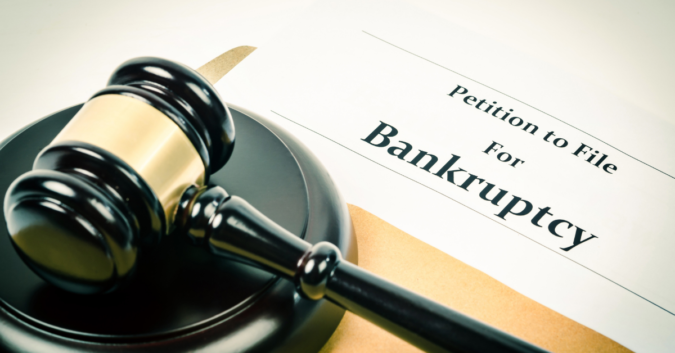Rapid-American, a retail and consumer holding company once known for its McCrory Stores and cosmetics company Elizabeth Arden (now owned by Revlon, Inc.), recently filed a Chapter 11 liquidation plan with a New York bankruptcy court, according to a report by Law360.
The liquidation plan would create an asbestos trust fund worth an estimated $12.3 Million, which would be used to compensate claimants whose asbestos-related disease can be linked to asbestos exposure caused by Rapid-American and its affiliates, including long-time asbestos company Philip Carey.
Rapid-American’s liquidation plan wraps up an 8-year bankruptcy case, which began in 2013 when the company was facing a large, growing number of asbestos lawsuits. At the time of its Chapter 11 bankruptcy filing, Rapid faced nearly 300,000 asbestos liability claims, much of which was against Philip Carey, which the company merged with in 1972.
Philip Carey manufactured and sold asbestos-containing products since 1888, including concrete and rock wool. While Rapid-American had originally hoped to reorganize under Chapter 11 bankruptcy, it instead determined that liquidating its remaining assets was its only feasible option. In a statement, Rapid-American said,
“Rapid believes that there will be substantially more assets available to pay asbestos claimants under the plan than would be the case if there were no plan because without the distribution procedures in the plan, there likely would be years of costly and time-consuming litigation involving asbestos claimants that will be avoided through the plan’s orderly administrative process.”
Rapid-American’s liquidation plan, which will establish a new asbestos trust fund, follows a similar path to that of dozens of other former asbestos-related companies that have also established asbestos trust funds since the 1980s.
Understanding Asbestos Trust Funds
While asbestos is now widely known to be a human carcinogen, it wasn’t always that way. In fact, throughout the first half of the 20th century, asbestos was hailed as a “miracle mineral,” because of its unique organic properties.
A naturally occurring mineral, asbestos is fire- and heat-resistant — qualities that proved tantalizing to many growing businesses in the United States and around the world.
Soon, however, asbestos came to be associated with lethal diseases, including mesothelioma, asbestos-related lung cancer, and asbestosis, among others. These diseases can develop when an individual unknowingly inhales or ingests airborne asbestos fibers.
While the general public remained in the dark about the dangers of asbestos, the companies that incorporated asbestos into the manufacturing of certain products knew about the health risks associated with it, but kept the information from reaching the public for fear of losing profits.
Eventually, the deceit of hundreds of asbestos-related companies involved in the manufacturing, distribution, and sale of asbestos-containing products was uncovered, and an influx of asbestos lawsuits forced many of these companies to file for bankruptcy. As part of their bankruptcy, asbestos-related companies were court-ordered to set aside compensation for current and future victims of asbestos-related diseases and their families.
For 4 decades, asbestos-related companies have attempted to limit their liability for diseases they caused by filing for bankruptcy protection. Now, given the number of asbestos-related companies that have filed for bankruptcy, there is an estimated $30 Billion set aside in court-ordered asbestos trusts available to compensate eligible mesothelioma victims and their families.
Accessing Compensation From Asbestos Trust Funds
Victims who have suffered from asbestos-related diseases or their immediate family members — filing on their behalf — may be eligible to receive compensation from the asbestos-related company (or companies) that caused the disease, even if the company responsible is no longer in business. Even if the person who had the disease is no longer living, their immediate family members may still be eligible to file a claim with an asbestos trust fund.
A payout from an asbestos trust fund, such as the newly established trust by Rapid-American, depends on an individual’s asbestos-related disease diagnosis and their exposure history. These trusts will offer varying payments to eligible victims according to the severity of their exposure and the type of disease from which they suffer.
Working with an experienced asbestos attorney is the best way to maximize the amount of compensation that a victim may receive. At Sokolove Law, our attorneys maintain a vast database of information and resources that can be leveraged to determine which company — or companies — are responsible for a victim’s illness.
Time is of the essence. Victims of asbestos-related disease and/or their immediate family members only have a limited amount of time in which they may be eligible to file an asbestos claim. The laws that determine these time limits vary from state to state.
If you or a family member has been diagnosed with mesothelioma or another asbestos-related disease, including lung cancer or asbestosis, you may be eligible for compensation. Contact our team today to start your free, no-obligation case review.
